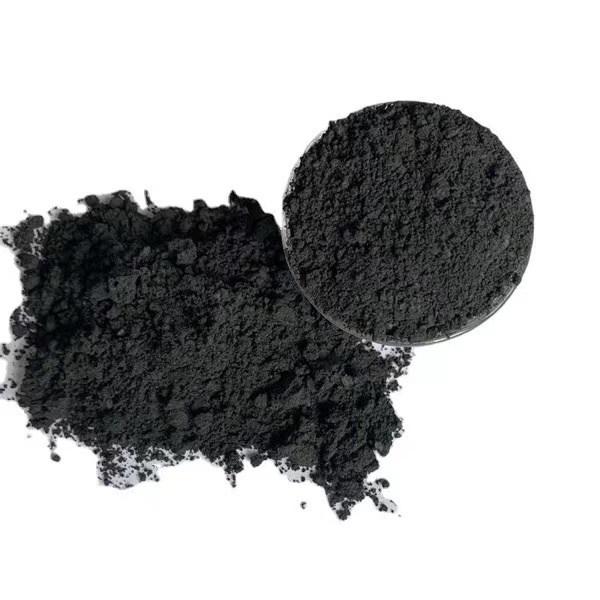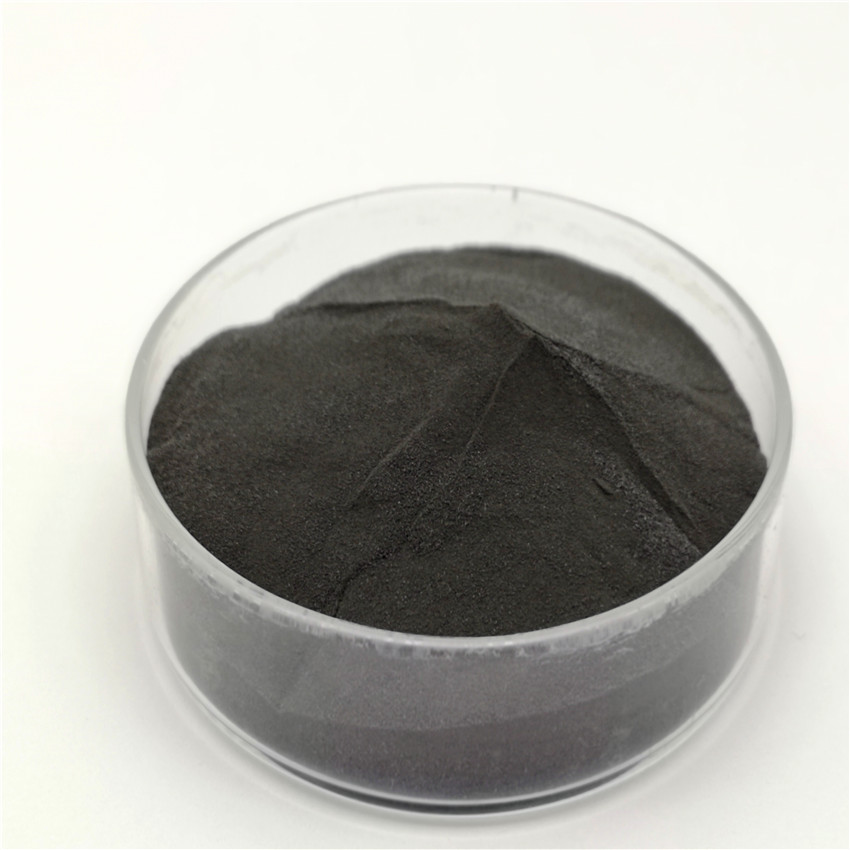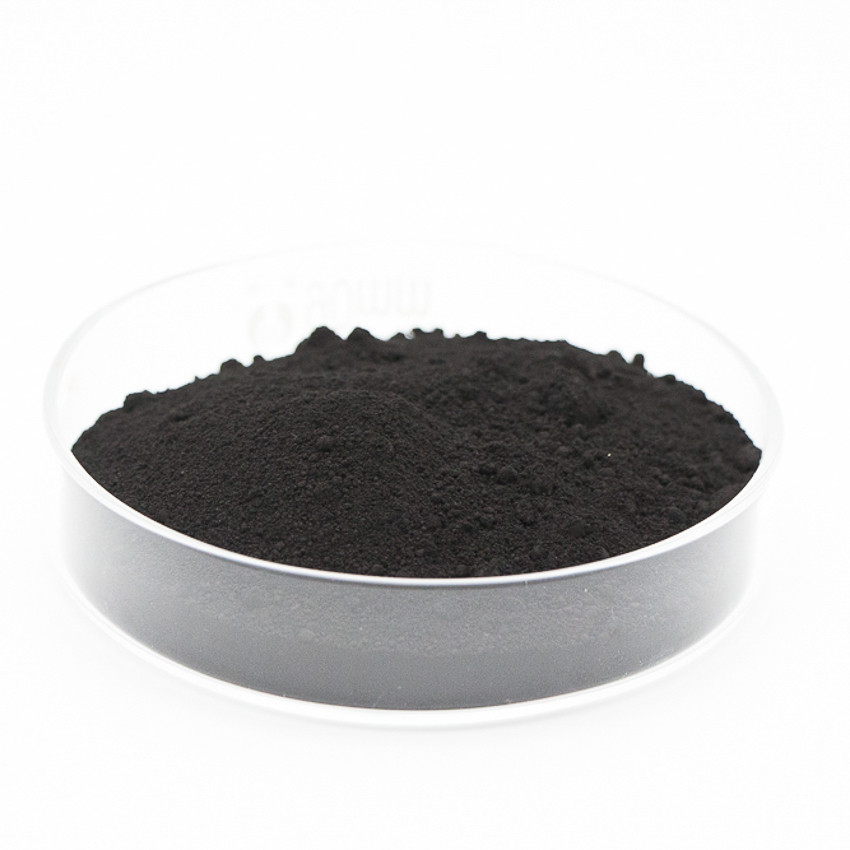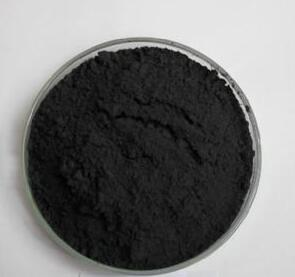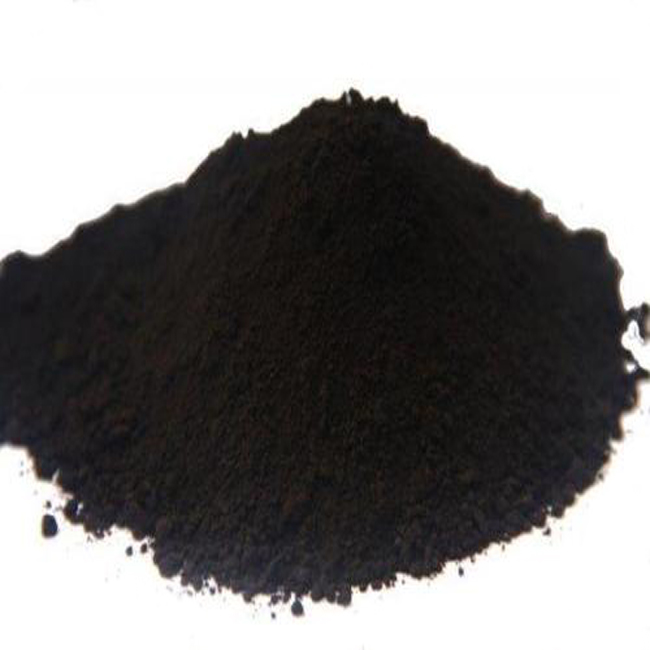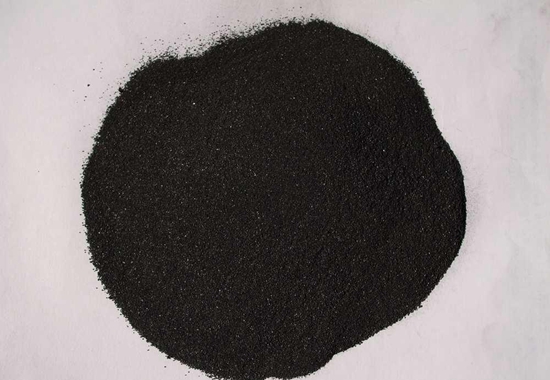Flake Graphite and Froth Flotation
Graphite is a mineral that is widely used in industries. Froth flotation is one method used to process it into a form that is more suitable for various applications. This article discusses the characteristics, morphology, applications, and applications in various industries.
Abstract the flake graphite
Flake graphite is a mineral that is widely used in several technological applications. It is used to produce batteries for electric cars and used in fiber optics and fuel cells. It is a critical raw material for the electric and electronic industries. It is used for these applications because of its high electrical conductivity. It can be used to manufacture lithium-ion batteries.
Graphite is a high-grade metamorphic mineral that can be mined using standard hard rock mining techniques. Graphite deposits occur in different areas of the Proterozoic supra-crustal continent. These deposits are often associated with different types of ore deposits. They can form under pressures up to 75,000 psi. The environment in which graphite forms is called the Granulite facies. High temperatures and high pressure characterize these environments.
Graphite can also have a microcrystalline structure. This can be defined as a crystalline structure that consists of alternating mineral grains. The microcrystalline structure of graphite can be seen in SEM images.
Graphite can also exhibit a polymorphic phase. This phase consists of hexagonal layers and rhombohedral layers. It is characterized by a high degree of order in its graphitic structure. It also displays minor defects that affect the carbon structure.
Raman spectroscopy is a useful technique for quantifying the flake graphite's microstructure and heat treatment. It is especially useful in determining the maximum temperature at which graphite has undergone metamorphism.
Morphology of flake graphite
Flake graphite is a high-grade metamorphic mineral and is usually formed in environments with high pressures and temperatures. Metamorphic petrologists classify these environments as granulite facies.
Flake graphite can also take on other forms. This results from the intercalation of ash in parting layers. The intercalated form is not mechanically removed but represents a strong, intimate association between graphite and ash.
Graphite has a unique crystal structure. The graphite atoms are arranged in a planar condensed ring system, and the covalent bond holds them together. This arrangement provides remarkable properties. These properties include high thermal conductivity, luster, and flexibility. These properties also result from the non-quantum effect, which spreads an electrical charge over the carbon atoms. This is a very important aspect of graphite.
The graphite morphology is laminar, and the edges are fine. It is also opaque to visible light. The color is light gray to black. It can be used in a variety of applications, including steel and atomic energy. It is also a good lubricant in dynamos.
Most economic deposits of flake graphite occur in metamorphic rock. These deposits have been mined in the United States, Germany, South America, and Africa. Graphite can be formed under pressures of 75,000 psi and temperatures of 1380 deg. F. This type of graphite is usually mined using standard hard rock mining techniques.
In addition, there are a number of exotic cuts of flake graphite available, depending on the source. These include 0.5 mm flakes, 3-micron powders, and coarse flakes.
Characteristics of flake graphite
Graphite has a wide variety of uses, ranging from high-tech applications such as fuel cells to everyday use in a variety of industrial applications. Graphite is a native element mineral, and it occurs naturally in igneous and metamorphic rocks.
The high thermal conductivity of graphite is comparable to that of silver and copper. Flake graphite products are used in a wide variety of applications, including metallurgical furnace linings, coatings, and refractories. They are also used in cell phone batteries, rubber compounds, and advanced polymer systems.
Commercial grades of flake graphite are available in a wide range of purities. The most desirable product is high-purity, large flake graphite. In addition to large flake sizes, graphite is also available in exotic cuts. Depending on the source and requirements, these products can range in size from 2 to 800 microns.
Flake graphite is an allotrope of carbon. Graphite can exist in two forms, crystalline and amorphous. Amorphous graphite is often formed from carbonate minerals. The crystalline form is found in metamorphic rocks.
Raman spectroscopy is a technique used to determine the structure and properties of flake graphite. The results are presented as spectral, wave numbers, and intensities. The spectra are composed of first-order regions, which are usually low intensity, and second-order regions, which are usually high intensity.
Raman spectra from graphite grains show characteristic 2D bands and low-intensity D bands. The D bands can be a sign of minor defects.
Applications of flake graphite in various industries
Graphite is a key material in the production of lithium-ion batteries. The demand for graphite in the lithium-ion battery industry is expected to increase significantly over the next several years. This demand is projected to account for approximately 10 percent of the flake graphite market.
Flake graphite is a natural allotrope of carbon. It has several important applications in a variety of industries. It is a highly floatable material that can be quarried or shaft mined. It is also used to manufacture paints, electrical engineering accessories, electrodes, and anti-corrosion covers.
The largest producers of flake graphite include China, Australia, Brazil, and other African countries. In addition to these countries, there are a number of large-scale production projects in other countries. These projects are typically based on the use of forced labor. Some of these projects are located in North Korea.
Graphite is used in a number of industries including power tools, motor scooters, and electric vehicles. The average electric vehicle contains about 25-50 kg of graphite. Graphite is also used in fuel cells. These are clean and reliable energy sources that can be used in stationary applications or mobile applications. The energy required to power a fuel cell is significantly lower than the energy required to power a combustion engine.
There are a number of new high-growth applications that are only beginning to impact graphite prices. These include fuel cells, the emerging personal electronics sector, and nuclear power. All of these applications are expected to increase the demand for graphite.
Froth flotation as a processing method of flake graphite
Flotation is an important concentration process used to separate minerals from one another. It is especially useful in separating hydrophobic material. This process has been used in a wide variety of commercial applications. For instance, it is used to separate flake graphite from other minerals in graphite ore. It is also used to extract useful minerals from ore that contains multiple metals.
Flotation is a process in which air bubbles are injected into a liquid solution. The bubbles attract mineral particles, which are then trapped in the solution. The mineral particles are referred to as gangue. In the case of froth flotation, the mineral particles are attached to the air bubbles and to the surface of the froth layer.
The size of the mineral particles has a great influence on the effectiveness of the flotation process. If the mineral particles are too large, they will not adhere to the air bubble. This results in a reduced fixed carbon grade.
Graphite is naturally hydrophobic. However, it can be attached to hydrocarbons to help it float. In addition, it can form nonpolar bonds, which can also help it float.
In a froth-flotation process, a slurry of water and ores is fed into a froth-flotation cell. A surfactant chemical is added to the slurry, which enhances the hydrophobic nature of the mineral. The slurry is then passed through a variable-meter pulsed airflow separator, which removes coarse impurities.
Impact of retrograde metamorphism on flake graphite
Graphite is a carbonaceous material found in metamorphic rocks. It is formed from the transformation of organic matter during metamorphism. It exhibits a wide variety of structures and chemical compositions. It may be distributed as massive precipitation, co-precipitate with other minerals, or be dispersed in fluid-rock interactions.
Metamorphism is a natural process in which rocks are changed in temperature and pressure. These changes can lead to the formation of various rock types. Metamorphic rocks are generally classified according to their grain size, formation type, and composition. The composition of these rocks can be correlated with the grade of metamorphism. Graphite-bearing rocks are generally classified as high-grade metamorphic rocks.
Retrograde metamorphism occurs when a rock is altered from a diagenetic state to a metamorphic state. It can occur in both low-T and hydrothermal regimes. It is more common in the lower-T regimes. During retrograde metamorphism, phyllosilicate may form. These minerals include white micas with different interlayer cations.
This phyllosilicate is often found in regional metamorphic phyllites. They are also present in regional metamorphic slates. These minerals are usually accompanied by opaques and quartz in inter-cleavage parts.
These minerals are also present in the core material of the epizonal slate series. These samples show a textural appearance similar to that found in the Malaguide Complex in the Savo Schist Belt (SSB). Similarly, fresh samples show cracks parallel to the cleavage.
The chemical composition of these minerals is very similar to that of other retrograde diagenetic smectites. They also display negative correlations with mica appearance and quantity.


